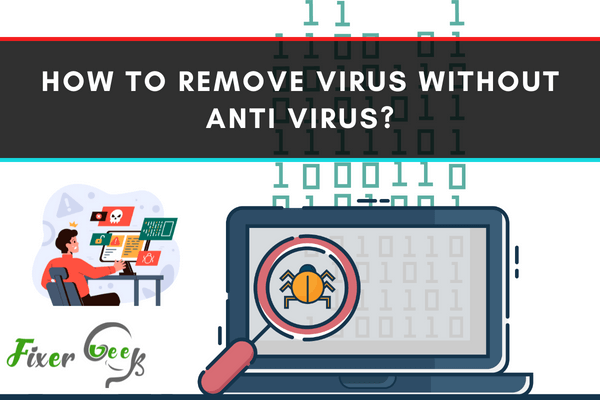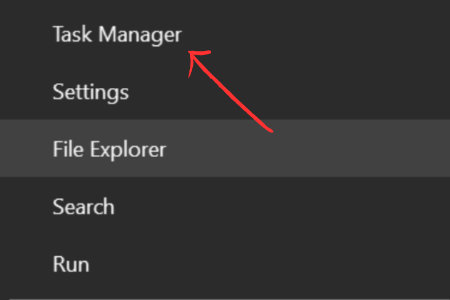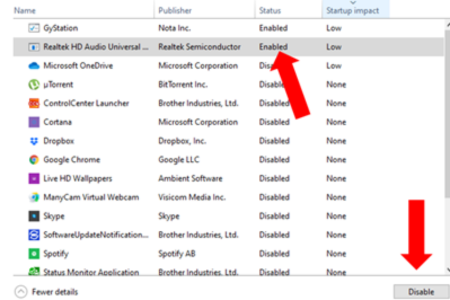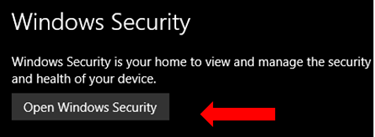Do you know how to remove virus without anti virus programs? There are many viruses in Internet. Some of them can order Chinese goods for you, steal your credit card information and sell it. Others may encrypt your important photos or files and ask you to pay a ransom. Even worse, some viruses just take over the whole computer and demand a huge amount of ransom.

Our computers are always threatened by viruses and malware. If you noticed that your computer is running incredibly slow for some reason, or if you regularly have ads popping up on your screen, then it definitely has a virus in it.
Most anti-virus programs are expensive these days. It can also be tricky. Some anti-virus programs are only free for a while.
Step 1: End virus running programs
The first step before you remove the virus is to make sure that you stop it from running. This step will also help you find out which programs are harmful to your PC.
- Right-click your Taskbar. Then select Task Manager. In some desktops, you can press the CTRL, Alt and Delete keys.

- Next, you’ll find the Proccesses tab on the left. Check each of the Apps that are running or running in your background. If you notice an unfamiliar program, search its name online to confirm if it is a legit app. There will also be some reviews online that mention virus-related programs.
- After confirming that it is a virus-related program, select that program by clicking on it. Then Click on End Task. It can be found on the bottom of the screen.
Step 2: Disable harmful apps from running on startup
Before removing the virus-related programs and apps, it’s best to disable them during startup. This is because if you remove the programs through the Control Panel you’ll need to do it one by one. In some cases, you’d be asked to reboot your desktop to effectively get rid of those programs.
- Same as before, open the Task Manager. Head over to the Startup tab.
- In the tab, you’ll find a list of programs that are enabled and disabled during startup. If the suspicious program is enabled, click on it and then choose Disable.

As a rule of thumb, search the manufacturers online. Malware and virus-related program has unknown manufacturers.
Step 3: Use Windows Defender
Windows has a built-in feature that protects the device from harmful content. Once applied, it can remove virus infection and give you a notification if it’s under threat.
- On the search bar, type Settings.
- Choose Update and Security.
- Next, select Windows Security. Beneath it, you’ll find Open Windows Defender Security Center. Click on it.

- Choose Virus & threat protection. It should lead you to a new window. Choose the Virus & protection settings.
- You’ll see three options which are Real-time protection, Automatic sample submission, and Cloud-delivered protection. Each has an on/off slider. Slide each to On.
- After that, go back to Virus & threat protection. Under threat history, you should find a Scan Now button. Click on that button so Windows Defender can look for potential threat.
- Windows will notify you what actions you can do to get rid of the virus they found. Just follow the steps provided.
- You’ll be needed to restart afterwards.
Step 4: Check if everything has been resolved
There’s no harm in double checking. You can skip this part if you’re already satisfied with the results. For those people who like to make sure first, then do this final step.
- Some virus-related programs may still be in your desktop. To check, go to Control Panel.
- Choose Uninstall Programs.
- Check if there’s anything suspicious. If there is one, uninstall them. Wait for the system to finish. Sometimes this can take a few minutes. Afterwards, you might be asked to restart your computer again.
Final Thoughts
Web security and protection can be expensive. Luckily, windows has a built-in feature that can shield you from future threat.
Summary: Remove virus without anti virus
- Create a Folder on your Windows Desktop.
- Rename the Folder to Fake Antivirus.
- Right click on the folder and select Properties.
- Select the Customize tab.
- Click the Change Icon button at the bottom of the window.
- In the Change Icon for Folder window, select one of the antivirus icons from this list (below). Click OK and then Apply.
- Right click inside the window, select New and then select Shortcut.
- Name it scan using MalwareBytes’ Anti-Malware.
- Edit any entries in Startup programs as necessary keeping in mind that startup programs aren’t needed for a computer to function properly. Check out our guide to finding and removing software and services that run when you start up your Windows PC to learn more about managing these startup items.